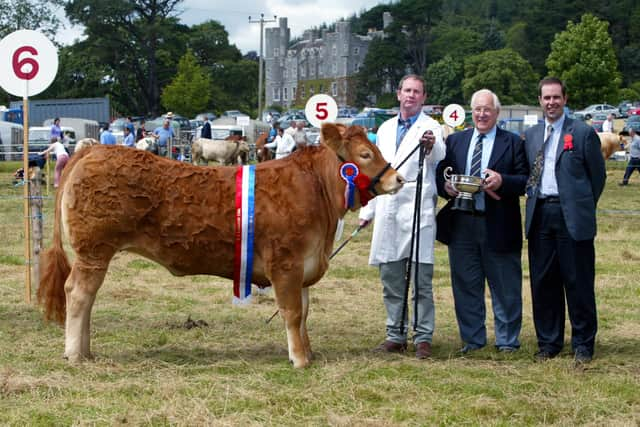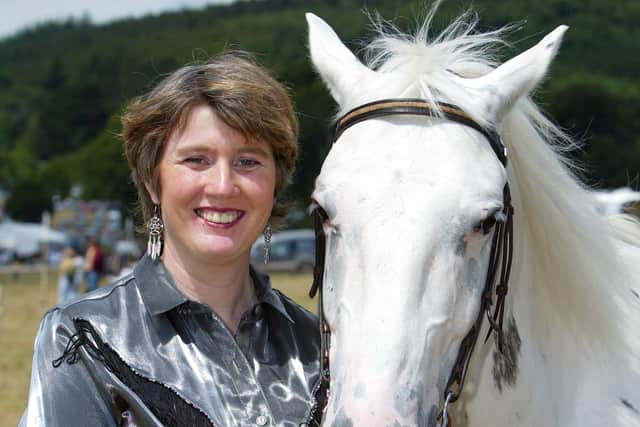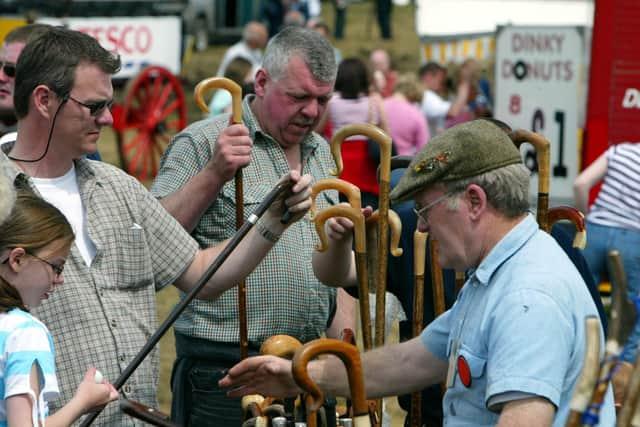Inquiry hears of a dramatic decline in salmon fishing in the River Bann (1930)
and live on Freeview channel 276
One of the witnesses heard by the committee was Captain J L Kinnaird. He told how he had been for about two years the manager of the Foyle and Bann Fisheries Company.
He remarked: “On the Bann the mode of fishing was by means of fixed draft nets in the tidal waters, by the Cutts, and, as a general rule, by one small draft on the upper waters of the river below Toomebridge and New Ferry.
Advertisement
Advertisement
“There are extensive rod fisheries on both rivers. We have a salmon hatchery at Kilrea on the Bann and another close to Newtownstewart, in Co Tyrone. We endeavour to fill the hatcheries each year, but in poor years there is some difficulty in doing so. When that happens we try to obtain a helping hand from elsewhere.”


Continuing his testimony before the committee, Captain Kinnaird said: “Last year was a bad one, and we had the help of 515,000 fry from the Bush, and, I believe, 150,000 from the Free State.
“The capacity of each hatchery is 1,000,000, and on so on average we release from half to three-quarters of a million fry from each.
“In regard to protection, the expenditure by the company for the year ending 31st October, 1929, was £1,460. That was paid to from 60 to 65 full-time, part-time and short-time bailiffs as watchers on the Foyle and its tributaries.
Advertisement
Advertisement
“In addition, we spend a considerable sum on the protection of the Foyle, the amount last year being £918 16s 4d.


“Drift nets are used extensively outside Lough Foyle, off Inishowen. That is quite legal, but they are also used illegally in the lough. It was my opinion that the great majority of the salmon caught at Magilligan Point are Foyle salmon.”
He concluded that he believed the result of the suggested alteration would “undoubtedly be a considerable falling off in the netting catches on both rivers”.
Another witness called by the committee was William Malloch, the managing director of the Tay Salmon Fishery Company and chairman of too Tay District Salmon Fisheries Board. He said that “generally speaking” a bag net was a much more effective method of catching salmon on the coast than a fixed draft net.
Advertisement
Advertisement
“If bag nets are substituted for existing draft nets it will be detrimental both to the river fisheries and to the public,” he remarked.


He added that he “would not go so far as to say that it would ultimately destroy the fishing” but he imagined that “the number of fish would be appreciably diminished”.
Another witness was Mr J A Fullerton, “a rod and line angler in the Ballymena district”, he said the number of salmon in the lower reaches of the rivers had been steadily diminishing over the years.
“The opinion of anglers is that if more bag nets were permitted the fish would be exterminated altogether,” he declared.
Advertisement
Advertisement
He told how he had fished on the Bann for 30 years and “there is not now a fifth of the salmon that there was my young days”.


Sir Francis Macnaghten, chairman of the Ballycastle Board of Conservators said that he was the owner of a several fishery in the Bush; of two bag nets near Portballintrae where the Bush entered the sea, of a fixed draft net, and of two nets at Portmoon, which he leased to a Mr McKay.
The average catch in all his nets over a period of years, he said, were as follows: 1915 to 1919, 3,522, 1920 to 1924, 3,091; and 1925 to 1929, 2,392.
He said: “Last year we were rather unfortunate in our catches; but though the tendency was to drop, I would not be surprised if the next five years showed an increase.”
Advertisement
Advertisement
He said that he was spending more money in the preservation of the Bush “and taking a good deal more trouble about it”.
He added: “Our hatchery produced 700,000 fry every year; these are now turned into the upper reaches, where I think they do much better.”
He concluded that he thought the introduction of bag nets would be detrimental to the industry as a whole “as more fish will be caught than the river can produce without being depleted.”